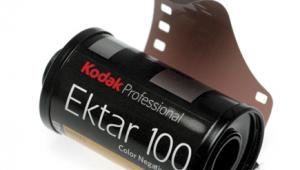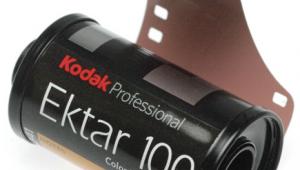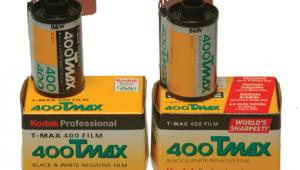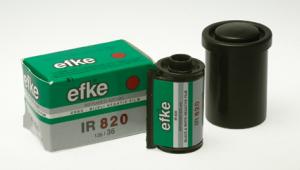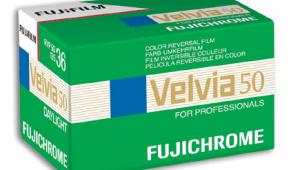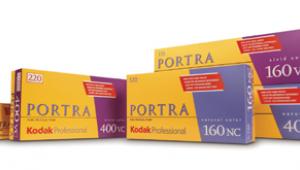Kodak's Portra 800 Film
A High-Speed Solution, Without The Noise
Regular readers will note
that my articles are usually about techniques, not test reports. But
when there's a new film out there for portrait photographers,
that's right up my alley. The majority of my work is portraiture
and I've long been a big fan of the Kodak Portra line of films.
They give absolutely great skin tones; contrast is variable depending
on the particular version of the film you choose; and colors are not
exaggerated. Of course, when talking about color negative film, much
is dependent upon your choice of processor also, so don't forget
to take that very important factor into account. It matters how accurately
they are calibrated and also what papers they are using. A Kodak neg
printed on Kodak paper will not look the same if it's printed
on Fuji or Agfa paper. Mix and match all the different companies'
films and papers and see for yourself. The difference in the contrast
in glossy or matte papers will also have an effect on your film choice. |
|||
My first surprise: Where's
the picture? I shoot mostly digital now and it's been some time
since I haven't been able to immediately confirm that I've
"got" the image by looking at my photo on the camera back.
Once I got over that, I started taking pictures again. Surprise #2! My
36-exposure roll was gone in a flash! If you don't think that your
methods change when you leave the film world, you're mistaken. I
can tell you that I did carefully meter the exposure with a handheld meter.
While it did "jive" with the information the camera was giving
me, I always like to be safe. No Tripod, No Flash |
|||
Having seen the results of
the first shoot, I then set up another daylight situation for my second
subject. I photographed Ellen Bruton using the light from the front window
of my studio. My thinking was to use the film as it was intended. Given
the high speed and small format, window lighting seemed like an ideal
use of the film. And I was sure glad I had the speed on this day. It was
rainy and dreary and so dark the cars still had headlights on at noon.
Before my subject arrived, I hand metered the area and came up with 1/125
sec at f/2.8, two stops less than my previous shoot. I chose to shoot
at 1/90 sec at f/3.3, figuring I could still hand hold the camera with
the short telephoto length and get the depth I needed to ensure a suitable
image. At any slower speed I'd have probably gone to a tripod, but
an ISO of 800 opens up many opportunities. Evaluation And Results |
- Log in or register to post comments








